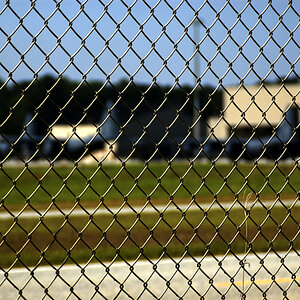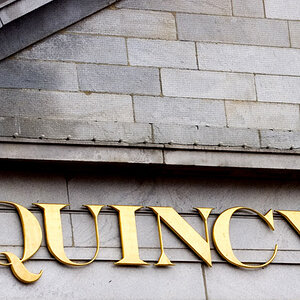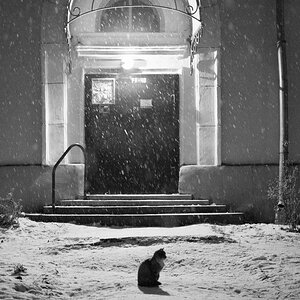EOS_JD
TPF Noob!
- Joined
- Feb 15, 2007
- Messages
- 1,698
- Reaction score
- 0
- Can others edit my Photos
- Photos OK to edit
Makes me wonder if this is a camera thing, a lens thing, calibrated monitor or just out and out user preference?
One thing is for sure, it's NOT the monitor.
The image may look different on many different monitors but the histogram will look the same no matter the monitor. All the monitor does is display how it thinks the image should be shown and that is why it is important to have your monitor calibrated.
Properly calibrated monitors should show the image in the same way.











![[No title]](/data/xfmg/thumbnail/37/37605-90c8efaef5b7d1f52d4bf8e7dfd33673.jpg?1619738148)

